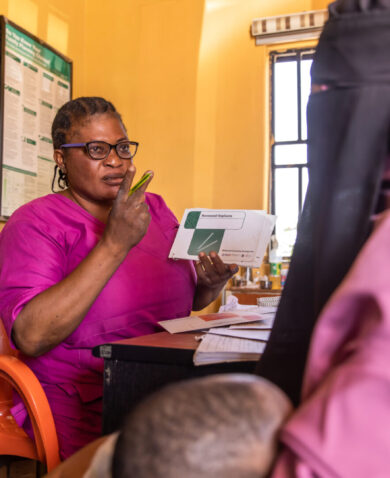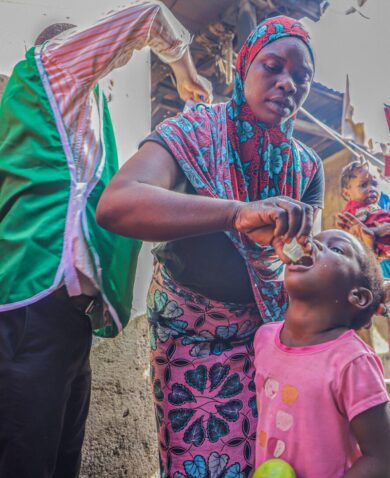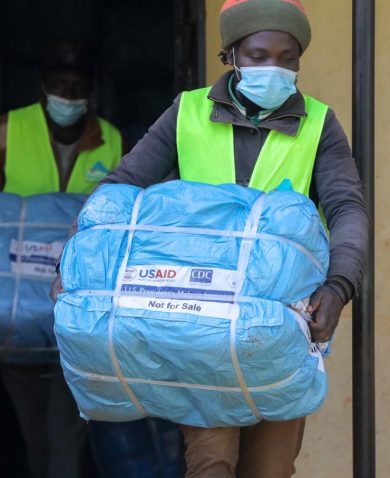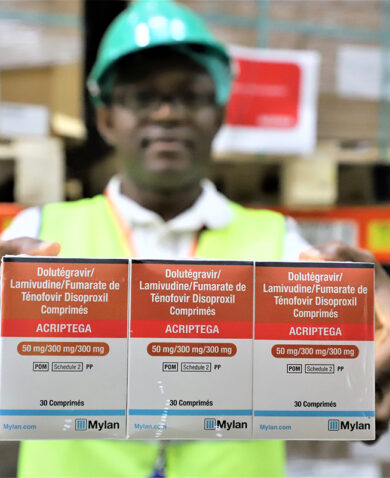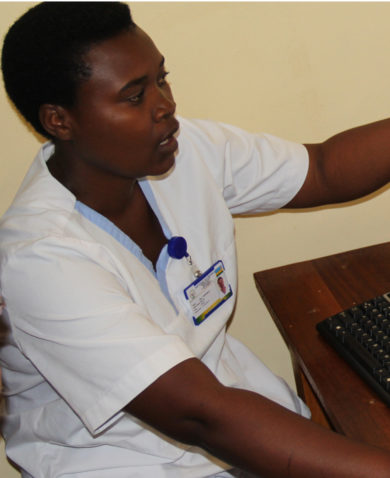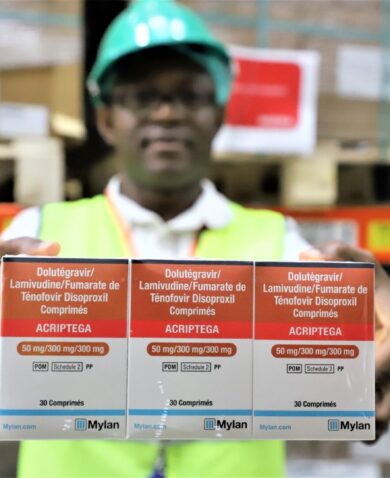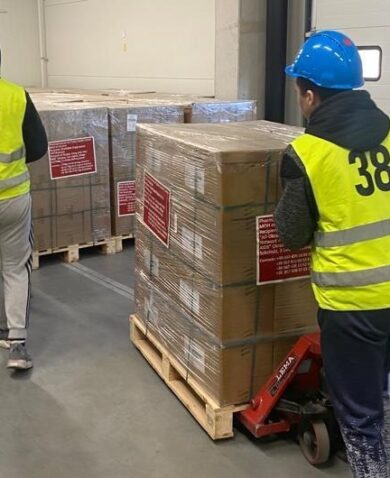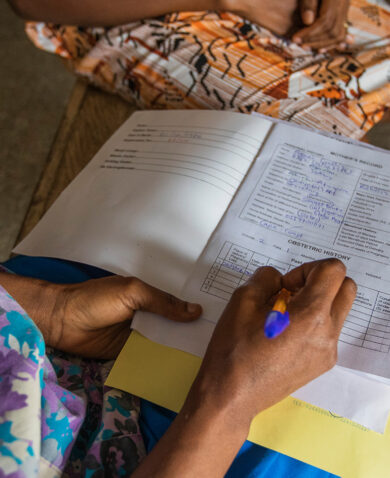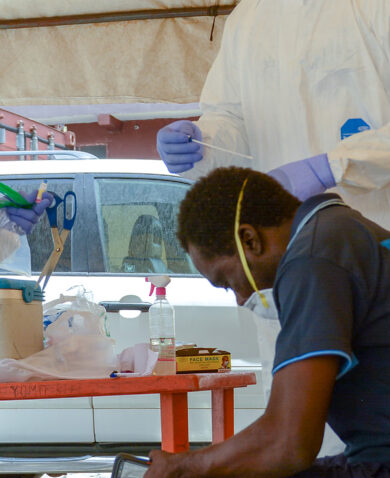
Looking Back on #AIDS2016: Self-Testing May Be a Revolution for HIV Patients
August 8, 2016 | 2 Minute ReadParticipants gathered at the 2016 International AIDS Conference in Durban, South Africa. Photo: International AIDS Society
Each biennial International AIDS Conference is eventually remembered for the broad themes coming out of a long, exciting, and energizing week of presentations, networking, and protests. A key theme of this year’s conference in Durban, South Africa, was patient empowerment. PrEP (pre-exposure prophylaxis) was a rallying cry to help the most vulnerable populations such as gay men, female sex workers, and intravenous drug users take more control of their efforts to avoid infection.
We heard from South Africa and beyond about innovative programs to create patient groups who support each other both emotionally and practically, pushing messages like PrEP and condom use, and at times even picking up each other’s prescriptions from the pharmacy. We learned about innovative policies to provide patients multi-month prescriptions to reduce the burden on both them and the health care workers who dispense medicines. We heard about new anti-retroviral formulations on their way to market that will be less expensive and have fewer side effects.
For me, and many others, an exciting trend in patient empowerment is a push for self-testing in sub-Saharan Africa and around the world. Due to their relatively high cost, self-tests have been out of reach for most patients in developing countries. But that may be about to change. I met a diagnostic supplier who claimed his company is developing a new self-test that, once fully approved and on the market, will be available for 75 cents.
Speakers at the conference cited uncertainty of demand as key obstacle for manufacturers to commit to increasing production. But early results from a study in Zimbabwe provided promising results about patient demand. Even Britain’s Prince Harry, who attended the conference, has joined the call to promote self-testing.

Photo: Mallika Padmanabhan
The availability of a low-cost self-test and the rapid scale-up of self-testing would both empower patients and reduce the burden on health workers and lab technicians who are feeling the strain of the global treat-all policy. A major shift toward self-testing would also reduce the risk in global HIV/AIDS supply chains, which are essentially dominated by only three laboratory-based rapid test kits.
Some in the public health community are concerned about patients self-testing for HIV without adequate counseling. But we’ve heard this before in the U.S. and elsewhere where self-tests are available at your local pharmacy. Let’s trust people at risk for HIV infection to know what’s best for them. It’s time for a revolution in HIV testing.

















